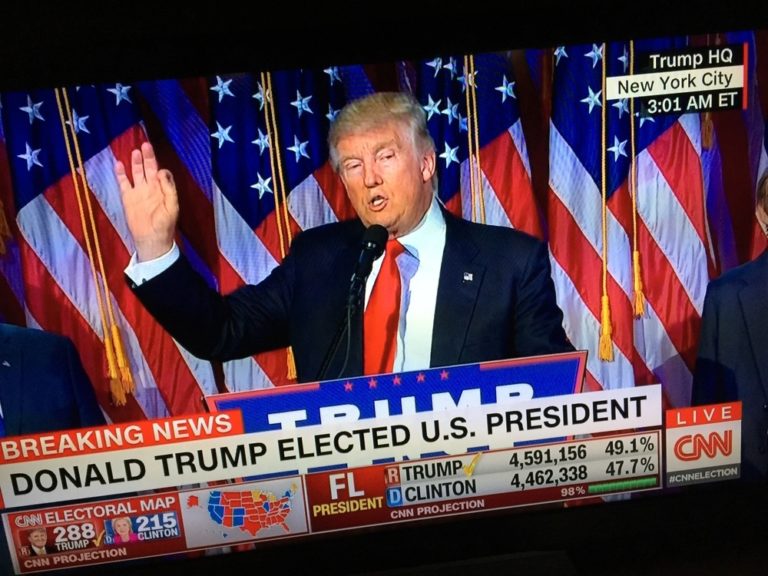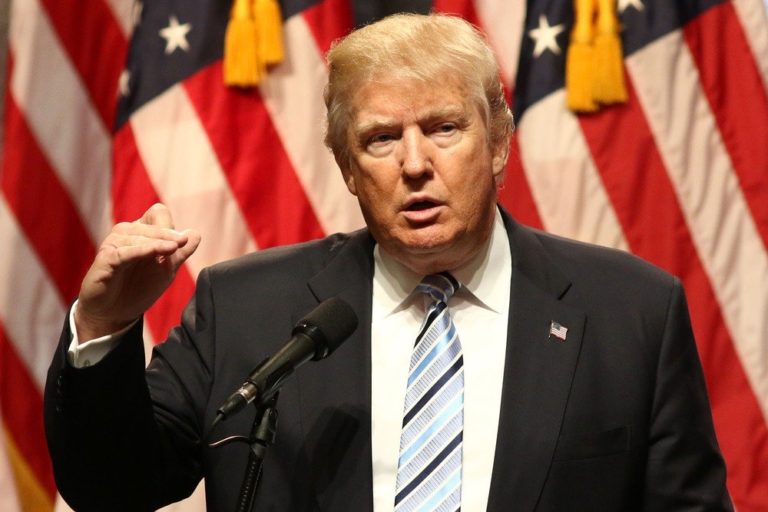Key Takeaways
– A constitutional expert warns that Eastern Maine Community College may be allowing abuse of students
– A student was pressured to change her essay topic on gun rights and faced insults
– The professor openly criticized the student’s beliefs and admitted bias
– College leaders have not taken clear action against the instructor
– Experts say this case shows a wider problem in higher education bias
Background
Eastern Maine Community College recently sparked debate when a student said her constitutional rights met resistance in the classroom. The student, a committed Christian conservative, chose to speak on the second amendment. She asked her English instructor to review her draft. Instead, she says she got strong criticism and insults.
Professor’s Comments
The student’s complaint says the instructor found the gun rights topic exhausting. She urged the student to pick a different subject. She went further and criticized the student’s religious and political views. According to the student, the teacher said guns kill people and that the essay was hard to grade. The instructor also called the topic a trigger issue and admitted she could not be objective.
Student Response
The student felt hurt and unfairly judged. She says the school gave no clear support for her right to free speech. She spoke to the college’s Dean of Academics. The dean promised to hear both sides but did not outline any plan. As a result, the student felt her concerns were not taken seriously.
Expert Opinion
Jonathan Turley, a constitutional scholar with a history of testifying before Congress, now warns the college is entering dangerous territory. He argues that teachers must not abuse their power to silence students. He also points out that other faculty have publicly denounced conservatives without consequence. Furthermore, Turley says that when a professor admits bias, the college must act at once. Otherwise the school supports such abuse.
Broader Concerns in Academia
This incident comes amid wider concerns about bias in higher education. Many students report feeling unsafe sharing views that differ from the majority on campus. Moreover, experts note that some faculty use harsh language to attack conservative ideas. As a result, students may avoid important discussions about law and policy.
Free Speech and Student Rights
Colleges exist to explore ideas freely. Indeed, free speech protections apply inside the classroom. Students have the right to discuss political and religious beliefs. Additionally, academic freedom should protect instructors too. Yet no one should be free to harass a student. In this case, the balance may have tipped the wrong way.
Impact on Students
When students fear judgment, they may not speak up. This pressure can limit debate on key issues. For example, gun policy remains a hot topic across the country. If one side feels threatened, the discussion grows one sided. This outcome harms both the school’s learning environment and public discourse.
College Response
At this moment, the college has not confirmed any disciplinary steps. The dean said she would gather facts from both sides. However, she did not state a clear stance on the professor’s comments. As a result, the student and expert remain concerned that the school might ignore the matter.
Legal and Ethical Stakes
Legally, government funded schools must respect free speech and free exercise of religion. Ethically, educators should guide students with respect. In this dispute, critics say the instructor failed to uphold these standards. Furthermore, admitting bias against a student topic crosses an ethical line.
Calls for Action
Turley urges immediate action by the college. First, he says the school should review its policies on classroom conduct. Next, he recommends clear training on political neutrality. In addition, he wants the instructor held accountable for any abuse. These steps may help restore trust among students and faculty.
Lessons for Other Schools
This case serves as a warning for other community colleges and universities. Schools must ensure that every student feels heard. They also need processes that address complaints promptly. Otherwise, campuses risk stifling debate and harming their reputation.
Moving Forward
To fix this issue the college can begin by meeting with the student and the instructor separately. Then it can offer mediation or counseling. Next, it can update its training materials on bias. Finally, it can publicly reaffirm its commitment to free speech and inclusion.
Conclusion
Eastern Maine Community College now faces tough questions about bias and free speech. A student felt attacked for her views on gun rights. An expert warns the college may be facilitating abuse by staying silent. Going forward, the school must act to protect students and uphold academic values. Only then can it prove its commitment to a fair learning environment.










